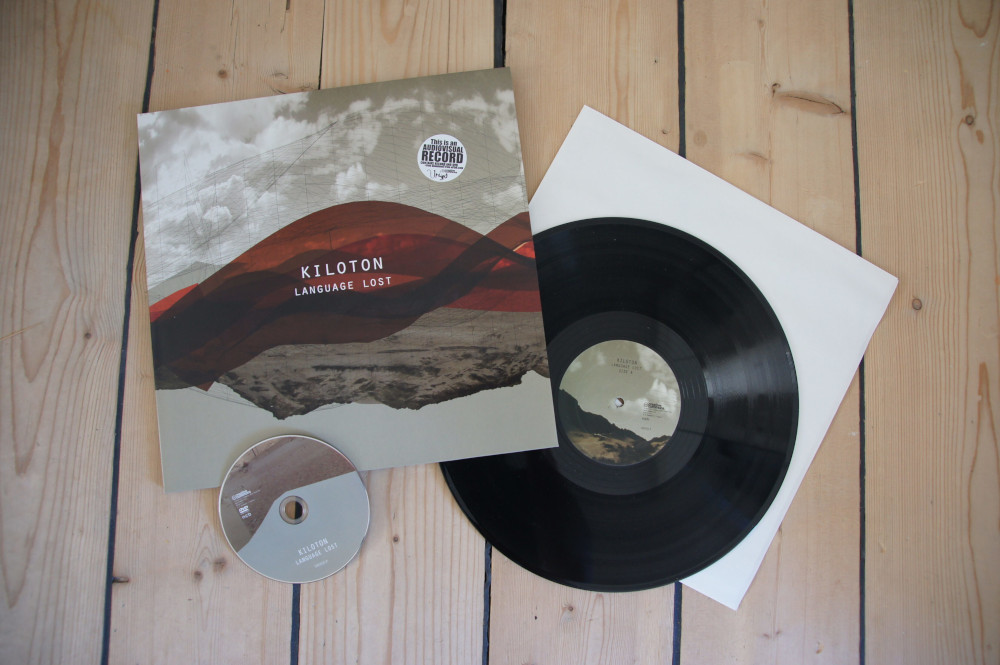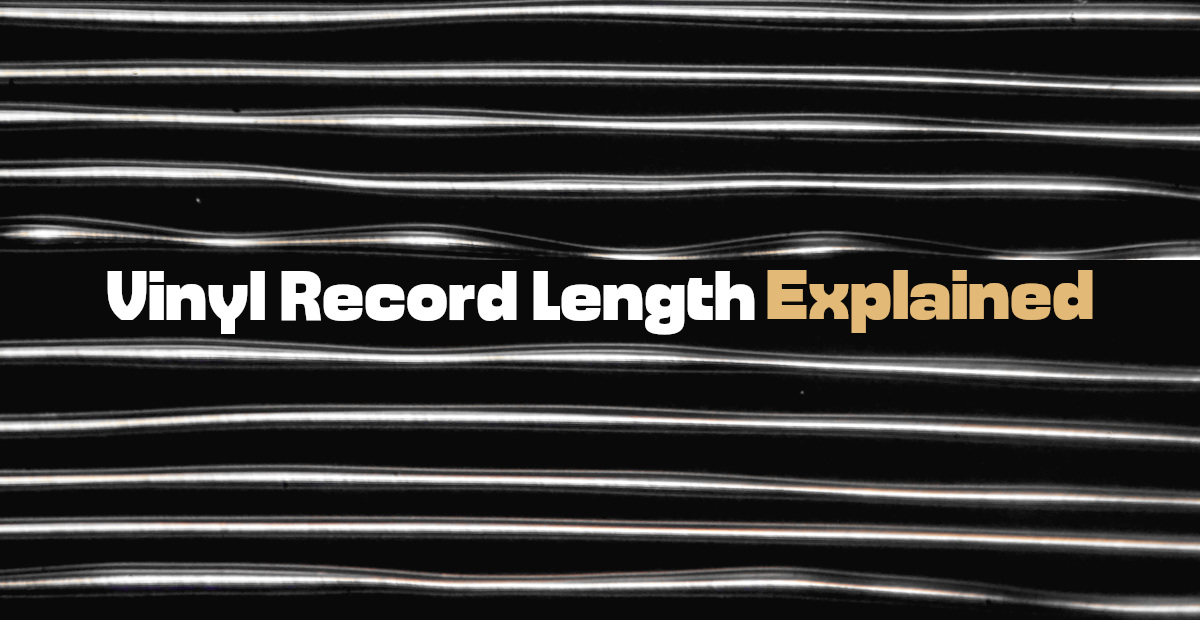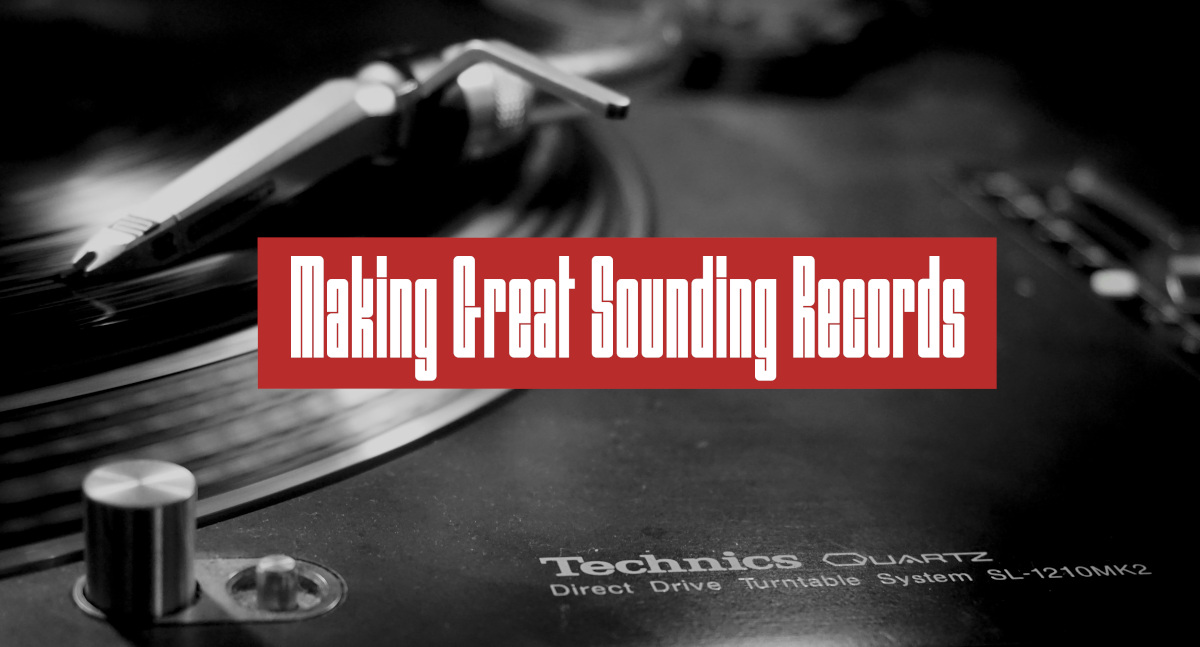Challenging Music and Video from Scandinavia

RPM Records
Nordic Music Guide kickstarts with reviewing Uhrlaut Records. A team of Copenhagen based technology nerds specialized in releasing challenging music and video from Scandinavia. Uhrlaut is an interesting record label for various reasons. Firstly, its because of the musical content, that stretches over a wide spectrum of electronic music – lush, ambient, landscape, abstract glitch, vocal driven electronica, experimental and dance music. The strong accent on audiovisuality and video art distinguishes Uhrlaut from the majority of Danish record labels. Finally, their business model that embraces Internet society and believes in the strength and sustainability of an open sharing culture is by all means future orientated. To learn more about the underlying credo of Uhrlaut, we spoke with Christian Villum, a disruptive-technology geek, open data/society activist & electronic music buff. Alongside Uhrlaut Records, he is a Digital Director at the Danish Design Centre, a Public Lead for Creative Commons – and furthermore an inspirational speaker about open culture & new technologies.

Christian, what is the vision, mission and concept of Uhrlaut label? How has it been evolving since the inception?
We set out in 2007 to explore what the label model of the future could be, in order to counter the common consensus at the time when the Internet was killing music. As a music collective we were super excited about the Internet and wanted to play around and prove that sharing and digitization were forces of good and simply represented a new era of opportunity and prosperity for creative artists. In addition, we wanted to see what the new business models for labels could and would be. Since then a lot has happened and we largely think that our vision has held true in the sense that more artists than ever are finding an audience through the Internet, and more music than ever is being put out. So regardless of the fact that it is still hard to sustain yourself from music (always has been) it is now for different reasons. Before it was hard because the labels were bottlenecks whereas now it is hard because low margins. We think that is better, because regardless of the struggle for artists it is now a much more even playing field for everyone.
Why did you start Urlyd back in 2007? Did you feel that there was a need for a record label of this kind back then?
Having seen the established music industry’s somewhat predatory behavior from the inside by working in it for several years, and also in general being very excited about the democratization of music production and publishing that took place in the 90s and 00s, as mentioned before, we strongly believe there was a need for a rethinking of the role of a record label and the middlemen in general. So this is what we tried to figure out through a learning-by-doing approach. It was – and is – a whole lot of fun. When we started we did not know exactly how far we could take things, so our eyes were mainly on our native country of Denmark. But as it turned out, much of our audience was everywhere else. Hence we quickly realized that our old name Urlyd, which is a made-up Danish word that means something along the lines of “ancient sound”, was not helping us go abroad. So we tweaked into the Germanic-sounding Uhrlaut, which – to my knowledge – doesn’t really mean anything either, but sounds cooler. Or at least we think so, lol.

Please tell us a little bit about musical profile of the label in terms of challenging electronic music and what does challenging music mean to Uhrlaut team?
We have always tried to put out music that was original and contributed something new to the electronic music world. Often that also meant not pleasing everyone. But it also ties in with our funding model where we spend a relatively large amount of time fundraising our releases through grants and hence lowers the breakeven – and thereby the financial risk. This means that we do not have to compromise at all with what we put out in order to try to sell more. We give 100% artistic freedom to the artists, and sometimes that means not selling very much. Other times it means that you hit a new sound because you don’t compromise, but instead challenge the listeners in new, unproven musical territory, and this is the real passion of music I think. It feels good to release music like this, and that is a key driving force for us to this day.
What is your opinion about the financial sustainability of the traditional music business model?
The most important thing in our view is making sure that artists are compensated for their work, and the evolution of digital publishing has meant that others, ie. some middlemen, might not be as relevant anymore. So whenever some of these middlemen start to hawk money for themselves at the cost of the artist, that is not sustainable. Things need to be balanced. For instance we’ve always insisted that artist royalty share is 50%. In the established music industry, at least in the 90s, it was not unusual to see <10% contracts for artists. So there was a fertile ground for the kind of revolution that digitization of music brought about. That said, things are not perfect now, far from, but I think artists are generally in a better place now with more opportunities to practice their art.
Why and how do you see creative commons license as a sustainable substitute to the traditional business model?
Creative Commons licenses and open culture in general holds a vision for the world in which intellectual property management is more aligned with the realities of contemporary technology, and this goes for music as well. The key is simply to find business models that rely on other factors than exclusivity and supply/demand mechanisms in order to sustain the artists (as well as the industry). It is easy to write off anything that challenges the status quo, but the fact of the matter was that the traditional business model of yore marginalized the large majority of all composers because of the bottleneck that the old industry represented. Of course it was great for those on the top of the food chain back then, but for everyone else it was a different story. Open culture, on the other hand, is about giving everyone access to cultural heritage, to reuse it, to build on what others have made and to help artists reach as large an audience as possible. You can build business on this, too. Just look at the software world to see how free access to source code (which can be seen as the equivalent of musical notes) can help both sustain companies large and small while at the same time supporting programmers (equivalent to composers) and adding creative output to the commons; easily accessible to the public.
What do you think about streaming culture in relation to artist earnings and financial sustainability?
I think streaming in general is a good progression of the digitization of music, but as anyone involved in music knows, it really isn’t sustainable in its current incarnation. But that is not the fault of the technology, but rather the fault of rights management schemes. I am not against commercial enterprise in music at all, on the contrary, but the field of middlemen in the industry is still oversized and that is arguably not sustainable.
Do you think physical releases are some sort of a more sustainable solution?
To some extent, I guess, because time has proven that many people appreciate tactility in how they consume music – whether that be by putting on a record, going to a show or buying memorabilia. However, in my mind the digital and analog goes hand in hand and aren’t oppositional. In fact I believe most people who buy records also stream a lot. It is similar to what all studies of file sharing showed: That those who back in the 00s did the most illegal file sharing, were often also the ones who bought the most vinyl.
How do you see the future business model in the music industry?
The near future belongs to platforms, that’s clear. Whether that be top-down curated platforms like Spotify and Tidal, or bottoms up platforms like Soundcloud or Youtube. This is both good and bad for artists: Good because you have some degree of choice in how you reach an audience, but bad in the sense that these platforms keep the power in the hands of selected few (which is, admittedly, also hard to argue against because they sink a lot of money into building and maintaining the infrastructure). However it puts artists in a fragile position, because you have no control over the channel through which you reach your audience. For instance, a band can easily be sidelined by an algorithm which all of a sudden thinks their music sounds like someone else’s copyrighted material and serves you an automated take-down. However I am curious to see what the decentralized web will bring forward for music; ie. new technologies like encrypted distributed ledger infrastructures (like blockchain), because it holds a promise to once again democratize the field. We’ll see what happens.
Let’s talk a little bit about the video art.Has audio visual expression always been part of Uhrlaut’s credo?
Yes, more or less. It was more dominant in the beginning, because as a collective we were really into live visuals at that time and always had one or more VJs on stage with the artists. As part of the vision for the label we wanted visual artists to get the same recognition as musical artists, and hence insisted that record releases included the visuals as well. In the beginning by having DVDs in the record cover, and later on by using streaming platforms. Nowadays it is less prominent in the works we put out, but we always still have some videos be part of a release. I think audiovisuality gives a more holistic experience for the audience and really allows you to embed yourself and your senses in the show. When it works best, it is a symbiosis in which each of the elements makes each other better. In addition, it puts a face (in the metaphorical sense of the word) on the otherwise often anonymous electronic music artist. Coming out of the rave-scene, I personally like to look at visuals more than looking at a DJ.
Could the audio-visual angle be more explored, exposed and promoted in Copenhagen’s night life? What is your opinion on this topic?
Yes, I guess, although I think it is also an ebb and flow kind of thing. In the recent past there was a lot of it, with great VJ crews like Dark Matters and Obscura, and even rather large scale events like Naesus in Copenhagen Planetarium. And then later, the scene faded away a bit to give space to other night life currents. It will surely re-materialize at some point, I am sure. Art is always moving, and so it should.
Please tell us a little bit more about people behind the Uhrlaut label but more precisely about how professional and personal interests / experiences are active in shaping the concept and musical profile of the label?
Uhrlaut started as a collective and still, to a small degree, remains so. For instance Kiloton (Mads Weitling) manages our website, Yngvesin (Yngve Stensaker) does a lot of the graphics, MOTORSAW! (Sune Petersen, who is also one of the co-founders) helps out with technical assistance like mastering of albums and so on.That said, it should also be noted that we’ve all aged and all of us have other priorities in life that are much more important, like families and kids and so on. So we just do what we do at at the pace that we can, which was always the spirit of the label anyways, even when things were super hectic with heavy touring in the first years. Today it is more ebb and flow and that’s good, I think.
What releases could you point out from Uhrlaut’s catalog?
I am very proud of Periskop’s “40”, which for me stands as the most ambitious and relentless release in Danish electronic music history: It contains 40 (!) albums recorded by Periskop over more than 10 years and contains some of the most virtuous electronic music to ever come out of Denmark. Really thankful I got the chance to be part of putting that out into the world. Also, I would highlight our first release, Tone’s “Small Arm of Sea” which on one hand ignited the flame of our music collective, but also to me is a such a sophisticated album with a magnificent artist and performer. Really proud of helping release that and very grateful for the many fun times we had touring all over the world with those songs.
What is the future direction of Uhrlaut?
At the moment we are mainly staying the course, but also – at the moment – staying a bit idle, because of having kids and other important priorities. So for the past year we’ve been a bit quiet, but will of course swing back later. At that time we’ll reassess things and see what kind of music the world needs.
What music do you guys like or listen to in the personal setting? Or in other words, what are your musical interests and how that shapes the musical profile of Uhrlaut?
We’ve always listened to a rather wide spectrum of music, but to be specific I should probably speak for myself in saying that styles like jazz, dub music and hip hop have always been part of my musical diet, which – not surprisingly, perhaps – still has electronic music as centerpiece. In particular ambient music, dub techno, minimal techno, electro (the classic Detroit variation, mind you) and glitchy, experimental stuff. I visit all genres when I’m in the mood, to be honest. Sometimes I have periods where rock music comes back to me, and also had an alt-country period which lead to an outlaw country period, and so on. That is the beauty of music, really: That being curious and open-minded can take you into uncharted territory and blow your mind. The digitization of music has made this so easy. I like to go walkabout on Spotify or Soundcloud or Youtube and just see where the algorithms take me. It’s beautiful – but also expensive, because my Discogs wantlist keeps growing, lol.
Explore more record labels on RPM’s Nordic Music Guide and enjoy your vinyl!

Quality Manager at RPM Records





